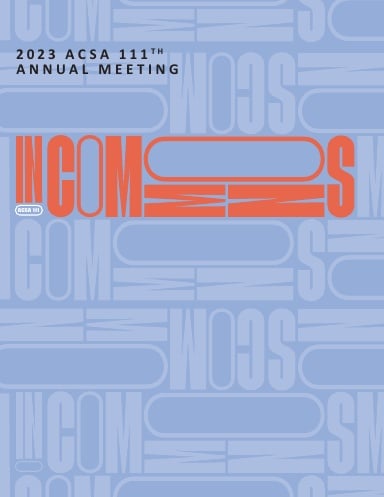Author(s): Merve Sahin
Implementation of complex perspective systems in the room decorations of the Ancient Roman villas, located in Naplesand dated around 80 B.C. – A.D. 200, illustrates how art historiography can inform a fundamental framework in new media. 360-degree stereovision-friendly application of spatial perspectives in the ancient rooms mediates a relationship between physical and virtual by appealing to the notion of sensorimotor contingency. The law-like relationship between actions that are in adaption with ever-changing sensory inputs lands into realization by utilizing suspension of disbelief. This biological phenomenon has been at the locus of interdisciplinary inquiry, encompassing both archaeological findings in Italy and the immersive technologies of virtual reality. Media theorist Oliver Grau showcases a famous example of illusionary spaces in classical antiquity. He examines the triclinium of the Villa of the Mysteries, Pompeii where the viewer is immersed in realistic figures in narration. This paper aims to shift the attention from figuration to pure illusionistic representations of cityscapes in atrium 5, cubiculum 11, triclinium 14, and oecus 23 of the Villa A at Oplontis. Coined by the German archeologist, August Mau, the Second Style wall paintings mark an application of the trompe-l’oeil effect, which introduces the suspension of disbelief into the physical environment. Convergent and divergent grid systems with various points of recession in the rooms of Villa A, Oplontisapproximate a level of immersion; head-mounted display orCAVE systems can now afford in the 21st century.
https://doi.org/10.35483/ACSA.AM.111.70
Volume Editors
ISBN
978-1-944214-41-8

 Study Architecture
Study Architecture  ProPEL
ProPEL 
